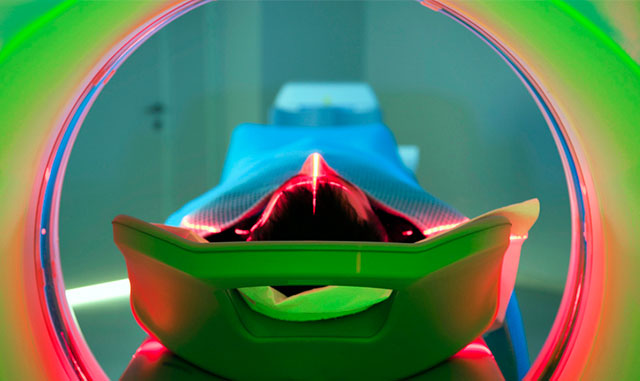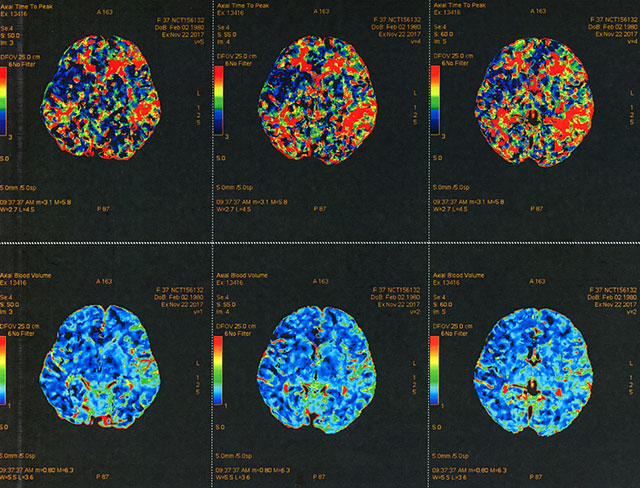medical innovation
Quantum Dots:
What’s their impact on Bioimaging?
The medical sphere has also seen another innovation–unsung in the mainstream but no less impressive: quantum dots in bioimaging.
Innovation takes on many forms and functions.
In some scenarios, innovations–like a bag that slow-cooks food–make life easier and more convenient. Other innovations, like television streaming, are all about comfort and streamlining our daily habits.
Some innovations, though, go beyond the mundanity of everyday life and enter the realms of potentially life-saving science. For instance, with public safety, we now have mobile water safety checks. There are innovations in the healthcare space–like wearable breast cancer detectors and medical drones.
The medical sphere has also seen another innovation–unsung in the mainstream but no less impressive: quantum dots in bioimaging.
Regarding the subject of quantum technology and bioimaging, we have two separate forms of innovation that require their own thorough analysis. Yet, these two scientific entities appear to be converging.
What does this combination mean? What could the long-term impacts be of quantum dot’s usage in bioimaging?
Below, we’ll examine the relationship that quantum dots have with bioimaging and the potential impact of this innovation. First, however, we’ll explore each component individually.
What is Bioimaging?
The term “bioimaging” applies to non-invasive, real-time methods that visualise biological processes.
Bioimaging avoids interfering with life processes–or, at least, it tries to limit its interference as much as possible. Typically, by using bioimaging, practitioners and researchers gain data on a 3-D structure of an observed specimen from the outside (i.e., without physical intervention).

While not exclusive to the medical sphere, bioimaging is used in healthcare due to its non-invasiveness. Bioimaging techniques offer healthcare providers a bird’s eye view of the human anatomy without any interference, offering vast detail and depth to those examining images.
In a medical context, bioimaging (or biomedical imaging) meshes functional data (e.g., magnetic fields) with anatomical structure, mechanical motion, and metabolism. From there, information can be extracted from the anatomical structure.
By using Bioimaging, practitioners and researchers gain data on a 3-D structure of an observed specimen from the outside.
Examples of bioimaging in medicine include the following:
- Ultrasound
- MRI
- X-ray
- DEXA scans
- 3D and 4D body images
What are Quantum Dots?
Quantum dots are also called semiconductor nanocrystals. They’re often described as one of the “miracle molecules” of nanotech. Such a heralded distinction is due to the many industries quantum dots can impact via various applications.
In extrapolating further, there’s a unique optical effect created by quantum dots when they shift in size. When particle size reduces, they discharge different colours. Here’s where things get interesting–the particles become a sort of tracking device or barcode since they can attach to or incorporate into materials.
Currently, quantum dots are involved in photovoltaics. There are also graphene and perovskite quantum dots. Additionally, there are quantum dot televisions and displays.

However, most relevant to this article, quantum dots are playing a growing role in medicine.
Quantum dots are currently being used to label live–in vitro and in vivo–biological material in animals (but not humans) for research. Their ability to attach to proteins and be injected into cells allows them to track, identify and label specific biomolecules.
How can Quantum Dots be valuable for Bioimaging?
To fully grasp the value of quantum dots in bioimaging, we must point out what it will ideally replace: conventional fluorescent dyes.
Fluorescent dyes have served those in the bioimaging sphere well to this point. Still, they have their limitations–especially compared to the potential of quantum dots.
More to the point, unlike organic dyes, quantum dots possess one-of-a-kind photophysical properties. Namely, when using any manner of bioimaging, quantum dots offer improved signal brightness and size-tunable light emission. Also, quantum dots simultaneously stimulate several fluorescent colours and photobleaching resistance.
Lastly, organic fluorophores/dyes lack the multitude of optical properties (such as fluorescein and rhodamine 6G) found in quantum dots.
Quantum Dots simultaneously stimulate several fluorescent colours and photobleaching resistance.
Quantum Dots for in vivo application
We’ll first point out that “in vivo” means a process occurring in a living organism.
Quantum dots in vivo are projected to immediately impact small animal imaging. For instance, preclinical drug discovery studies found significant advantages when using quantum dots over current versions of imaging like PET and MRI. One example is how quantum dots have high resolution and high sensitivity while maintaining low costs.
Furthermore, quantum dots are a boon to nanoparticle engineering, providing an ideal prototype material. Through quantum dots, a wealth of information can be gathered about the effects of a particle’s:
- Shape
- Charge
- Size
- Targeting ligand
- Surface coating
From there, the information can be incorporated into the design of different nanomaterials.
We must note that there’s a lack of clarity regarding using quantum dots in human in vivo diagnostics and theranostics. The benefits of using quantum dots for humans instead of animals must vastly outweigh the risks.
Preclinical drug discovery studies found significant advantages when using Quantum Dots over current versions of imaging. One example is how quantum dots have high resolution and high sensitivity while maintaining low costs.
Unfortunately, to this point, there’s not enough proof that the positives outweigh the negatives.
Light doesn’t penetrate through tissues deep enough in optical imaging. There are some optimistic projections, though, as advanced endoscopy technologies can help overcome the light penetration issue.
With that said, one specific issue is holding quantum dots back from making the wide-sweeping impact they could make in bioimaging. We’ll discuss this hurdle in the next section.
The potential for Quantum Dot toxicity
There is no doubt that quantum dots can entirely shift the medical bioimaging landscape, moving it in a positive direction. Sadly, there remains the issue of toxicity levels in quantum dots.
Cadmium–a human carcinogen and toxicant–and other heavy metals exist in quantum dots. These present potential safety issues when injecting quantum dots into the human body for medical applications.
A growing need to address environmental toxicity and pollution exists if quantum technology is to grow in prevalence in its application to bioimaging. The hope is for further innovation focusing on a biocompatible, non-toxic nanomaterial.
Is quantum technology the catalyst for a bioimaging revolution?
The advantages of quantum technology and its role in bioimaging are indeed clear. Compared to conventional fluorescent dyes, quantum dots are far more dynamic, accurate, versatile, and cost-efficient. They have the potential to revolutionise medical treatments and diagnostics, which could lead to increasing life spans and improving how we live as humans.
There remain hurdles–like toxicity levels–for quantum dots to become the go-to bioimaging method. Still, the outlook remains positive, and through considered effort and commitment, non-toxic quantum dots can be the wave of the bioimaging future.